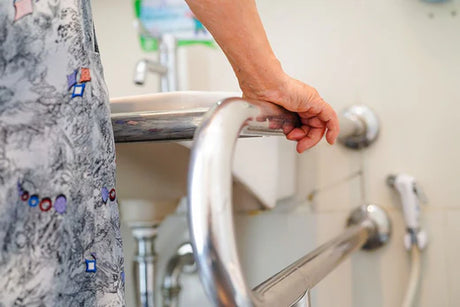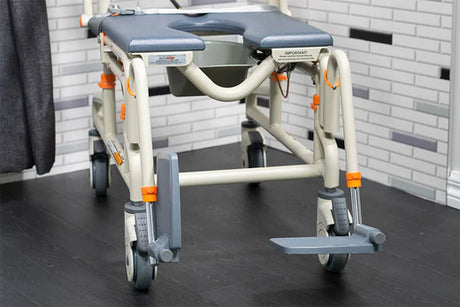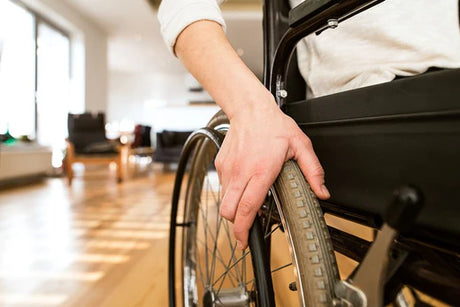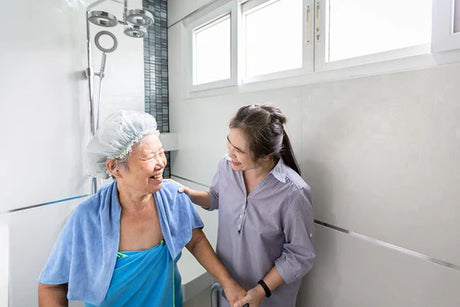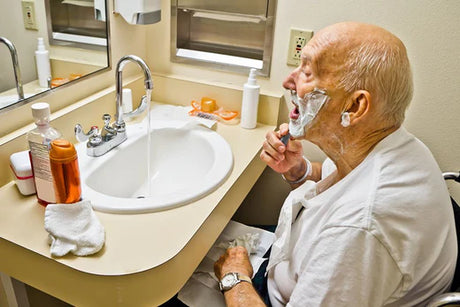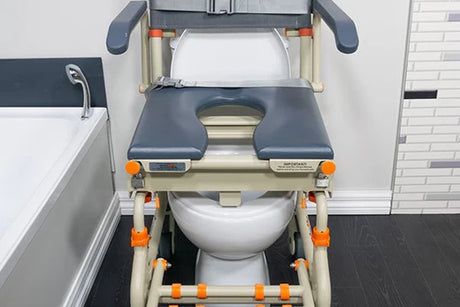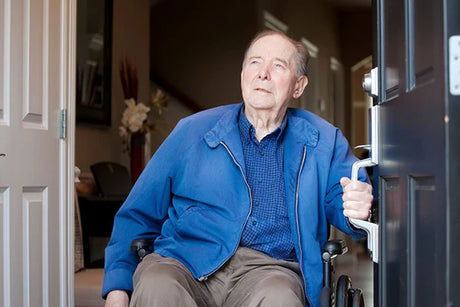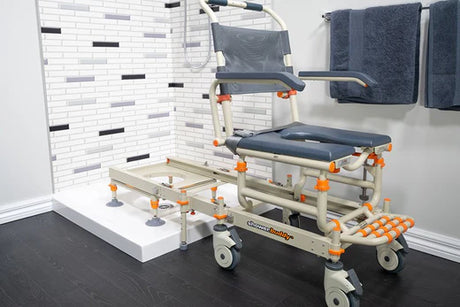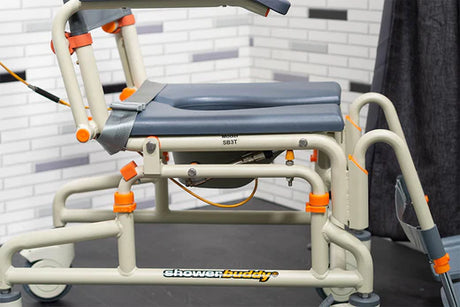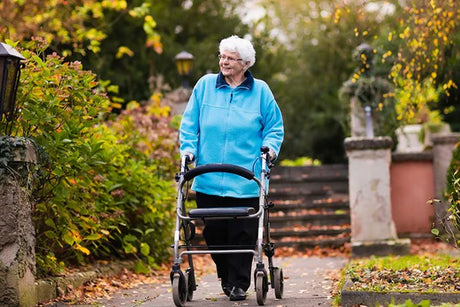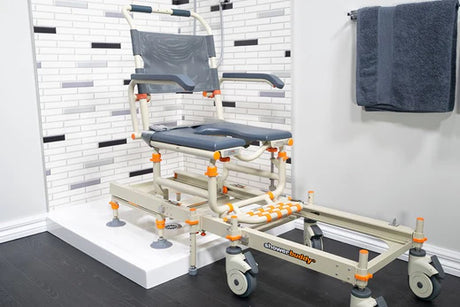So what are the key benefits of working closely with an OT as a mobility impaired person or a close family member? In this article we explore 5 of these:
An OT can help make difficult jobs easier

It’s not until one has to live with a mobility impairment that we understand just how many different physical tasks a typical day demands. From getting out of bed in the morning to brushing teeth before bed, there are hundreds of small moments throughout the day that can be adversely affected due to an illness, an injury or physical condition.
An occupational therapist’s job is to help find resolutions to these struggles. They’ll not just come up with a solution alone however; the assessment will often include family members or the individual themselves to agree on a plan that works for everyone. The value of choice in the day’s activities can’t be overstated as far as keeping the individual motivated.
As the plan’s developed to get through each task, it’s common that the OT will find a healthy balance between what the client can manage themselves and what needs support. Again, maintaining independence where possible is a great motivator and may help the individual accept help in other areas.
The OT can also assist with hospital patients and their discharge. Everyone wants to get home from hospital sooner but does the home environment allow for the discharge?
OTs will coordinate additional help required
Support may also include home help to cook meals, care for pets and keep the house clean and tidy. Each person is different and has their own level of care, which is why an OT is a valuable resource to make use of to get the right plan in place.
Occupational Therapists can adapt the plan as mobility levels change
On the flipside, sometimes mobility degrades over time, such as in the case of an elderly person losing strength or reaction time. It can also occur through a disease or other condition. In these situations it’s important to keep the OT involved in the process so they can make adjustments to the daily and weekly plan, allowing the person to remain living in their own home, where possible. They’ll be able to suggest equipment, care and tips for family members to accommodate the ‘new normal’ of their loved ones’ mobility.
Equipment knowledge and installation support
Support beyond the home
Once out and about, it’s important that mobility impaired individuals feel safe to move around and get where they need to be. Public places like shopping centres, libraries, cafes, parks are all excellent places to visit for a change of scenery but will require a bit of forward planning. An OT will help determine where the challenges might be and come up with an approach to managing these.
A huge number of mobility-impaired people worldwide have careers and workplaces to get to; this is also an environment and set of challenges that an occupational therapist will assess and provide support around.
Learn more about Showerbuddy
Showerbuddy provides a range of transfer systems that fit most bathrooms around the world. Our system allows comfortable, sturdy movement around the bathroom to conduct your daily routine. Thanks to the smart design, users are afforded more independence and dignity in the bathroom. You can learn more about Showerbuddy or, get in touch with our team to arrange a demo with your nearest distributor.
Further reading
Enjoyed this article? You may be interested in these resources online:
- What are the Main Benefits of Occupational Therapy? – My OT Spot
- Six Benefits of Occupational Therapy – TRIOrehab.com
- The Benefits of Occupational Therapy – Northern Healthcare









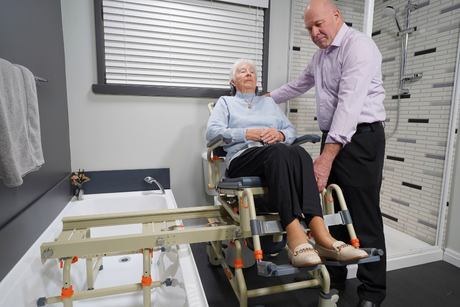
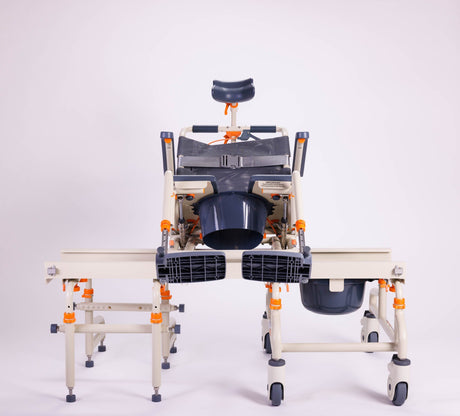
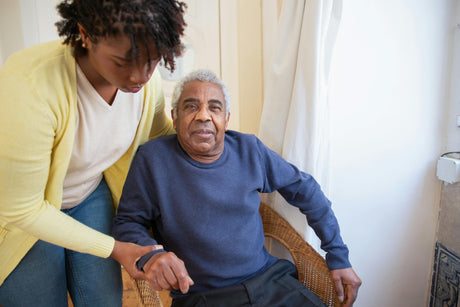
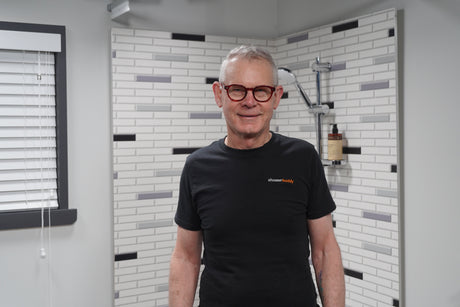
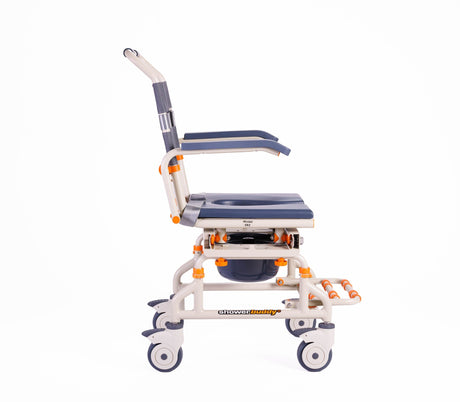
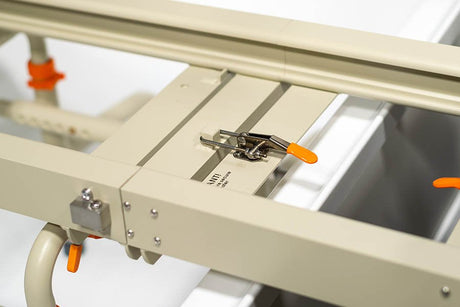

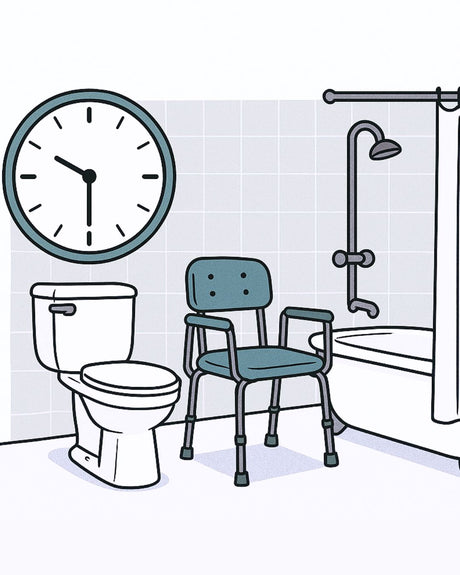
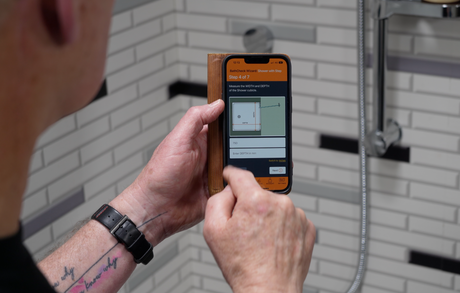
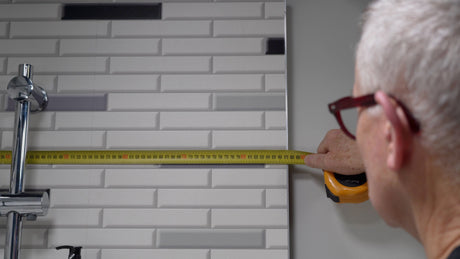

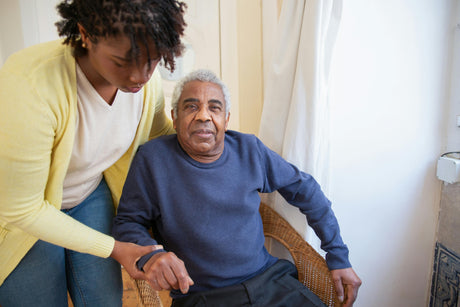

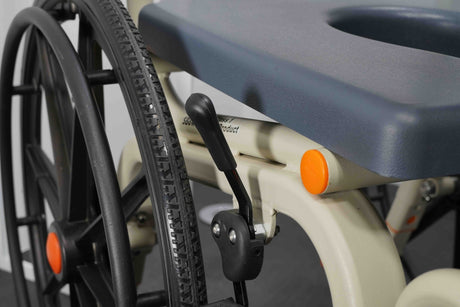



![Toilet Training A Young Child With Mobility Challenges [And How A Shower Chair Can Help]](http://shower-buddy.com/cdn/shop/articles/toilet-training-disabled-child_520x500_a90e5234-d372-435d-aa56-8da15dd3836c.webp?v=1722557239&width=460)



